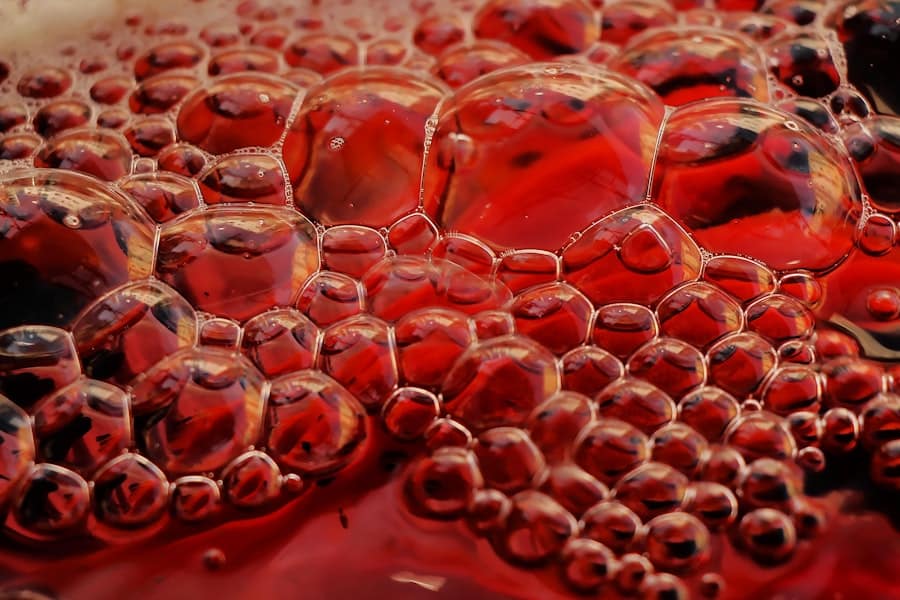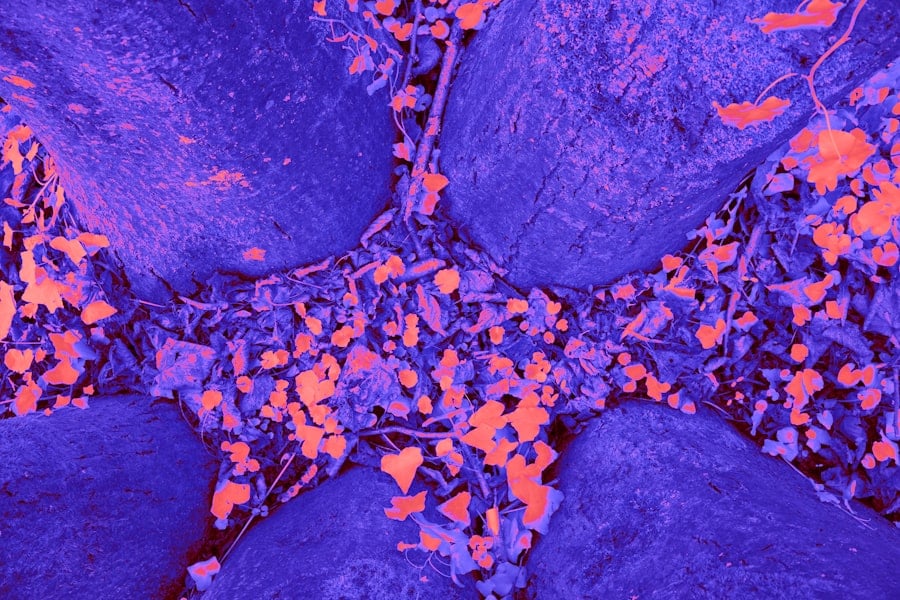The intersection of biotechnology and sports medicine has emerged as a transformative frontier in the management of sports injuries. As athletes push their physical limits, the risk of injury becomes an inevitable part of their careers. Traditional methods of treatment, which often rely on rest, physical therapy, and sometimes invasive surgical procedures, are being augmented by biotechnological advancements that promise faster recovery times and improved outcomes.
The integration of biotech into sports injury management not only enhances the healing process but also opens new avenues for understanding the biological mechanisms underlying injuries and recovery. Biotechnology encompasses a wide range of techniques and applications, including genetic engineering, tissue engineering, and the use of biomaterials. These innovations are reshaping how injuries are treated, allowing for more targeted and effective interventions.
For instance, the use of stem cells to regenerate damaged tissues or the application of growth factors to stimulate healing are just a few examples of how biotech is revolutionizing sports medicine. As we delve deeper into this topic, it becomes clear that the potential benefits of biotech in sports injury management extend beyond mere recovery; they also encompass the enhancement of athletic performance and the prevention of future injuries.
Key Takeaways
- Biotech plays a crucial role in sports injury management by offering innovative solutions for faster recovery and improved performance.
- Biotech accelerates recovery by utilizing regenerative medicine to repair and regenerate damaged tissues and cells in the body.
- Innovations in biotech have led to the development of personalized medicine for athletes, tailoring treatments to individual needs and genetic makeup.
- Biotech has a significant impact on rehabilitation and physical therapy, providing advanced techniques and tools for more effective recovery.
- The future of biotech in sports injury management holds great potential for further advancements in treatment and recovery, benefiting athletes worldwide.
Understanding the Role of Biotech in Accelerating Recovery
Stem Cell Therapy: A Game-Changer in Sports Medicine
One of the most significant advancements in this area is the use of stem cell therapy. Stem cells possess the unique ability to differentiate into various cell types, making them invaluable for repairing damaged tissues. For instance, athletes suffering from ligament tears or cartilage damage can benefit from injections of stem cells derived from their own body fat or bone marrow. These cells can migrate to the site of injury and facilitate tissue regeneration, significantly reducing recovery time compared to traditional methods.
Platelet-Rich Plasma (PRP) Therapy: A Biotech Innovation
Moreover, biotech innovations such as platelet-rich plasma (PRP) therapy have gained traction in sports medicine. PRP involves concentrating platelets from a patient’s blood and injecting them into the injured area. The high concentration of growth factors in platelets accelerates the healing process by promoting cell proliferation and tissue repair. Athletes like tennis star Rafael Nadal have publicly endorsed PRP therapy after experiencing significant improvements in their recovery from injuries.
Enhancing Recovery Outcomes through Biotech
This method exemplifies how biotech can harness the body’s natural healing mechanisms to enhance recovery outcomes. By leveraging biological processes, biotechnology can significantly reduce recovery time and improve overall health outcomes for athletes and individuals alike.
Biotech Innovations in Regenerative Medicine for Sports Injuries

Regenerative medicine is at the forefront of biotech innovations aimed at treating sports injuries. This field focuses on repairing or replacing damaged tissues and organs through advanced techniques such as tissue engineering and gene therapy. One notable example is the development of bioengineered scaffolds that provide a supportive structure for cells to grow and regenerate damaged tissues.
These scaffolds can be made from biocompatible materials that mimic the natural extracellular matrix, allowing for better integration with the body’s own tissues. Another groundbreaking innovation is gene therapy, which involves modifying genes to treat or prevent diseases. In the context of sports injuries, gene therapy can be used to enhance the body’s natural healing processes.
For instance, researchers are exploring ways to deliver genes that encode for growth factors directly to injured tissues, thereby promoting faster healing and reducing inflammation. This approach has shown promise in preclinical studies involving muscle injuries and tendon repairs, suggesting that gene therapy could soon become a viable option for athletes seeking rapid recovery.
The Use of Biotech in Personalized Medicine for Athletes
Personalized medicine is revolutionizing how athletes approach injury management by tailoring treatments to individual genetic profiles and specific needs.
For example, genetic testing can identify variations in genes related to inflammation or tissue repair, allowing medical professionals to customize rehabilitation protocols based on an athlete’s unique genetic makeup.
Furthermore, advancements in wearable technology have facilitated real-time monitoring of an athlete’s physiological responses during training and recovery. By integrating data from wearable devices with genetic information, healthcare providers can develop personalized training regimens that minimize injury risk while optimizing performance. This holistic approach not only enhances recovery but also empowers athletes to take proactive measures in their training, ultimately leading to longer careers and improved athletic performance.
Biotech’s Impact on Rehabilitation and Physical Therapy
The integration of biotechnology into rehabilitation and physical therapy has transformed traditional practices, making them more effective and efficient. One significant advancement is the use of biofeedback systems that provide real-time data on an athlete’s movement patterns and muscle activation during rehabilitation exercises. These systems utilize sensors to track performance metrics, allowing physical therapists to make immediate adjustments to treatment plans based on objective data.
Additionally, virtual reality (VR) technology is being employed in rehabilitation settings to create immersive environments that enhance engagement and motivation during recovery exercises. VR can simulate real-life scenarios that athletes may encounter during their sport, enabling them to practice movements in a controlled setting while minimizing the risk of re-injury.
The Future of Biotech in Sports Injury Management

Smart Biomaterials for Targeted Treatment
One area poised for significant growth is the development of biomaterials that can actively participate in the healing process. These smart materials can release therapeutic agents in response to specific stimuli, such as inflammation or mechanical stress, thereby providing targeted treatment at the site of injury.
AI-Powered Injury Diagnosis and Treatment
Advancements in artificial intelligence (AI) and machine learning are set to revolutionize how injuries are diagnosed and treated. By analyzing vast amounts of data from various sources—such as medical records, genetic information, and performance metrics—AI algorithms can identify patterns that may not be apparent to human practitioners.
Personalized Injury Prevention and Intervention
This capability could lead to earlier detection of potential injuries and more effective intervention strategies tailored to individual athletes.
Ethical Considerations and Challenges in Biotech for Sports Injuries
While the potential benefits of biotechnology in sports injury management are substantial, ethical considerations must be addressed as these technologies evolve. One major concern revolves around the use of genetic testing and personalized medicine. Issues related to privacy, consent, and potential discrimination based on genetic predispositions must be carefully navigated to ensure that athletes are treated fairly and equitably.
Additionally, the use of advanced therapies such as stem cell treatments raises questions about accessibility and regulation. As these therapies become more mainstream, ensuring that all athletes have access to cutting-edge treatments without compromising safety is paramount. Regulatory bodies must establish clear guidelines for the use of biotechnological interventions in sports medicine to prevent misuse or exploitation.
The Potential of Biotech in Improving Athletes’ Recovery
The integration of biotechnology into sports injury management represents a paradigm shift that has the potential to redefine how athletes recover from injuries. From regenerative medicine techniques that promote tissue healing to personalized approaches that cater to individual needs, biotech innovations are paving the way for faster recoveries and enhanced athletic performance. As research continues to advance, it is crucial for stakeholders within the sports community—athletes, medical professionals, coaches, and regulatory bodies—to collaborate in harnessing these technologies responsibly while addressing ethical considerations.
The future holds great promise for athletes seeking not only recovery but also a competitive edge through biotechnological advancements.
A related article discussing the best software for online arbitrage can be found at this link. This article explores how technology is revolutionizing the way people conduct online arbitrage, allowing for more efficient and profitable transactions. Just as biotech is enhancing recovery in sports injury management, software tools are also playing a crucial role in streamlining processes and improving outcomes in the world of online arbitrage. Both fields demonstrate the power of innovation and technology in optimizing performance and results.
FAQs
What is biotech?
Biotech, short for biotechnology, is the use of living organisms, cells, and biological systems to develop products and technologies that improve the quality of life and the health of the planet.
How is biotech being used in sports injury management?
Biotech is being used in sports injury management to develop advanced treatments and therapies that enhance the recovery process for athletes. This includes the use of biologically derived materials, such as stem cells and growth factors, to promote tissue regeneration and healing.
What are some examples of biotech advancements in sports injury management?
Examples of biotech advancements in sports injury management include the use of regenerative medicine techniques, such as platelet-rich plasma (PRP) therapy and stem cell therapy, to accelerate the healing of musculoskeletal injuries. Additionally, biotech companies are developing innovative biomaterials and implants to support tissue repair and reconstruction.
How does biotech enhance the recovery process for athletes?
Biotech enhances the recovery process for athletes by providing targeted and personalized treatments that stimulate the body’s natural healing mechanisms. These biotech interventions can help athletes recover from injuries more quickly, reduce the risk of re-injury, and improve overall performance.
Are there any ethical considerations with the use of biotech in sports injury management?
Ethical considerations with the use of biotech in sports injury management include issues related to the sourcing and use of biological materials, as well as concerns about the equitable access to advanced biotech treatments for athletes of different socioeconomic backgrounds. Additionally, there may be ethical considerations related to the long-term effects and potential risks of biotech interventions.

